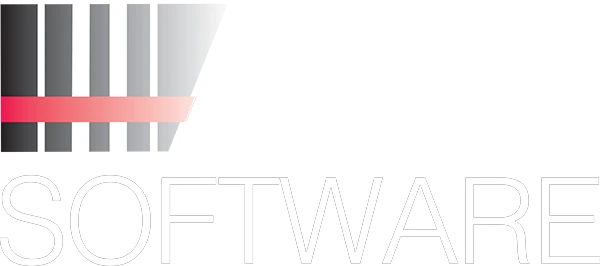UPDATED 5/12/22
Supply chain shortages are frustrating when they involve something simple like your favorite brand of coffee creamer, but can really start to annoy you when they involve more important items such as labels, RFID (radio frequency identification) tags, and RFID readers, amongst other essential warehouse supplies.
As many of you already know, supply chain replenishment and shortages are not recent phenomena. They have plagued the distribution industry for years. Companies of all sizes continue to struggle with persistent replenishment problems, incomplete deliveries, last-minute cancellations, and missing shipments. Now, with paper labels running low at warehouses and manufacturing facilities nationwide, companies face yet another obstacle. In addition, overall shortages of RFID supplies — both for embedded tags/labels and RFID readers — are not expected to be resolved anytime soon. Below is a quick rundown of each problem along with a closer look at how they are entangled in the supply chain:
Labels Can be Hard to Come By
In distribution, printed labels include barcodes or text, and some are embedded with RFID technology. All are used for accurate product and skid identification. Many businesses are now dealing with label price increases and are having a hard time finding the labels they need. Finnish paper manufacturer UPM Raflatac is a leading producer of release base paper (the liner paper from which labels are peeled) and face paper (the actual labels). At the beginning of 2022, UPM’s production and export of labels completely shut down, resulting in higher prices and shortages worldwide. This was the result of the Finnish Paperworkers Union going on strike and subsequential support from the Transport Workers’ Union (AKT). AKT refused to handle UPM shipments out of Finland’s ports adding to the chaos. The strike ended April 23 after all parties approved settlement proposals.
We rely on labels. We use them to identify every single item in our inventory, from boxes of food products and pharmaceutical drugs to rolls of toilet paper and individual bottles of cleaning supplies. In fact, we use them so much that the demand for labels has outstripped the supply in the past several months.
A report published by Supply Chain Brain notes that the Finnish strike is mainly affecting the West – specifically the United States and Europe. Prior to the strike, a series of paper shortage issues already existed due to many factors. These include higher label demands as a result of testing and vaccines for COVID, the Suez Canal blockage and congestion, hostile weather issues where adhesive manufacturers are based, overall pandemic shutdowns and restrictions, and paper pulp supply chain disruptions. The Finnish strike complicates things even further. Labels are a critical component in the warehousing industry and prices are already on the rise. In the meantime, circumstances surrounding access to affordable labeling supplies will hopefully come to an end soon.
Chip Shortages: What You Need To Know
Everyone has heard about the global chip shortage. However, you may be wondering how it affects the supply of RFID tags and labels. Because these labels and tags use electronic chips, they are now added to the supply chain backlog. Manufacturers are still trying to fill chip backorders caused by pandemic shutdowns and distribution facilities are currently faced with RFID supply shortages.
It’s important to note that manufacturers from Eastern Asia provide about 95% of silicon wafers that are used in the chip unit. Main wafer suppliers state that they will not be able to meet the current and growing demand until 2024. Global companies are building and planning to increase chip manufacturing. Their planned expansions, however, aren’t a quick solution to this immediate problem. All major chip manufacturers are reportedly investing now to increase capacity as a result of the rising demand, and more products are expected to enter the market over the next few years. According to an article from Bloomberg, both Samsung Electronics Co. and Taiwan Semiconductor Manufacturing Co. are now expanding manufacturing in the U.S. with chip inventory to be available by 2023. In addition, a $20 billion Intel Corp. chip-making hub is currently being constructed in Ohio with an expected 2025 completion date.
Rising demand, pandemic shutdowns, and a lack of chips are also making RFID readers harder to find. In recent years, the demand for RFID readers has drastically increased as more companies look for ways to automate their operations and even track products as they pass through the supply chain. As you know, the technology is used in many different applications including warehousing and manufacturing.
Barcode readers also use elusive electronic chips. Warehouses are having a hard time finding RF equipment to expand or replace aging units due to worldwide shortages from supplier pandemic shutdowns. Many of the RFID and barcode reader manufacturers are based out of China, or their products are manufactured there, and they have been filling high volumes of backorders as well. Now as China is experiencing more pandemic shutdowns, the backlog of orders for new readers is climbing.
What Your Business Can Do
For minimal disruptions to your daily operations, your business should stick with your current label supplier by placing regular orders so you don’t ‘lose your spot’ to another company that may be in the same boat. Also, be sure to work continuously with your AIDC equipment suppliers to properly maintain your current readers in-house and avoid the urgent need for new units.
Have you experienced issues with label or reader shortages? Contact us and let us know!




